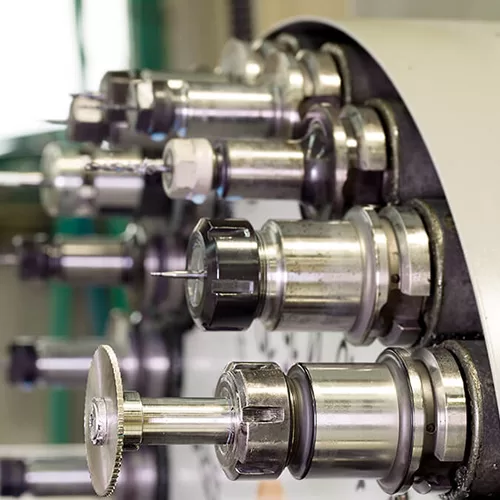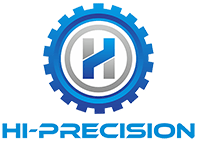Beginners who start learning CNC machining should have some basic common sense, otherwise it is easy to take detours, so today we will share some very useful basic knowledge of CNC machining.

20 BASIC KNOWLEDGE OF CNC MACHINING
- Process the outside surface first and then the hole, turning first and then milling.
- First rough and then fine.
- First do inner cavity processing and then shape processing.
- According to the order of the process, the diameter of the tool is from large to small.
- The processing of the previous process cannot affect the clamping and positioning of the next process.
- The same tooling and fixtures should be arranged together to reduce repeated clamping and positioning.
- The CNC process should be concentrated
- Do not prioritize processes that weaken the rigidity of the part
- Selection of CNC machine tools, selection of processing methods, determination of the clamping method of parts and selection of fixtures, positioning methods, error control and tolerance control in processing, definition of CNC procedures, selection of cutting parameters
- When parts are processed on CNC machine tools, the original data obtained by craftsmen is part drawings. According to the part drawing, the shape, dimensional accuracy, surface roughness, workpiece material, blank type and heat treatment status of the part can be analyzed, and then the machine tool and tool can be selected, and the positioning clamping device, processing method, processing sequence and cutting amount can be determined. size. When determining the process, the command function of the CNC machine tool used should be fully considered, and the performance of the machine tool should be fully utilized to achieve reasonable processing routes, few tool passes, and short processing hours. In addition, relevant process and technical documents should also be filled in, such as CNC machining process cards, CNC tool cards, tool route maps, etc.
- According to the geometric dimensions of the part drawing and the set programming coordinate system, the motion trajectory of the tool center is calculated and all tool position data are obtained. Generally, CNC systems have the functions of linear interpolation and arc interpolation. For contour processing of relatively simple planar parts (such as parts composed of straight lines and arcs), only the starting point, end point, and arc of the geometric elements need to be calculated. The coordinate value of the center of a circle (or the radius of an arc), the intersection or tangent point of two geometric elements. If the CNC system does not have the tool compensation function, the coordinate value of the motion trajectory of the tool center must be calculated. For parts with complex shapes (such as parts composed of non-circular curves and curved surfaces), it is necessary to use straight line segments (or arc segments) to approximate the actual curve or surface, and calculate the coordinate values of its nodes according to the required processing accuracy.
- Based on the machining route, the tool motion trajectory data and the determined process parameters and auxiliary actions are calculated. The programmer can write the part processing program segment by segment according to the functional instructions and program segment format specified by the CNC system used.
- In most cases, if the design meets DFM standards, the CNC machinist will not have to intervene in the operation or preprocessing. If not, some intervention may be required to ensure excellent performance.
- In CNC machining basics, there are two types of codes you should be familiar with. These are G-code (geometric code) and M-code (machine code). G code controls the movement of the machine. For example, it controls movement mode, movement time, movement speed, movement path, etc. M-code, on the other hand, controls factors surrounding the capabilities of the machine. For example, it controls the removal and replacement of machine covers.
- Face Milling: This is used for cutting shallow surfaces, flat surfaces and flat bottom cavities.
- Perimeter CNC Milling: This is for cutting deep cavities in the workpiece.
- After the program has stopped executing and the cause of the stop has been identified, the operator should not rerun the entire program. Doing so wastes time and may result in repeated passes on previously machined surfaces. On most machines, the operator should restart the program from the tool position where the program was stopped.
- Most machining size adjustments are made via offsets, and the production run documentation should specify the offsets that should be used for each tool. It is best to record the offset corresponding to each workpiece surface in the processing file. This way, when the machined surface must be adjusted, you will know which offset must be modified.
- Whenever a machine is operating in an unusual manner, operators should know to check which mode is currently active. This means they should know the relevant G-codes. The FANUC control displays information about the currently active modal on the Program Inspection page.
- Allows the CNC operator to select different values for different machining operations. This is mainly related to modifying the cutting conditions. This is especially true when production encounters changes in raw materials. Hardness changes can cause cutting tools to wear faster than they should.
To learn more technical knowledge about CNC machining, please bookmark this page.
